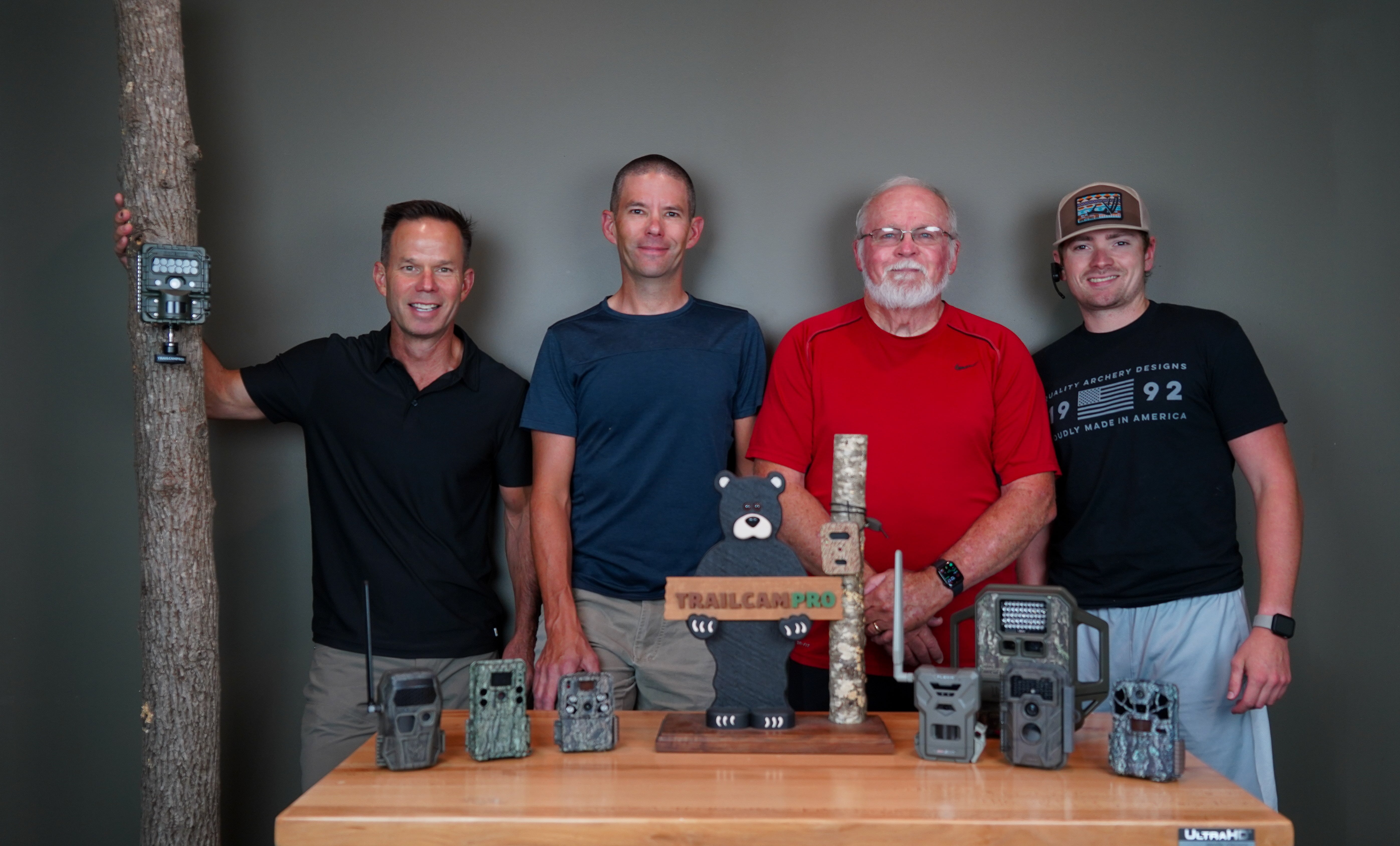In every game camera review I write, I talk about picture quality. It has to be one of the most important factors in a camera right? In my mind, four of the most crucial elements in picture quality (daytime) are depth, clarity, blur, and color.
Depth is kind of subjective. It's just a feel. Many of you have looked at tens of thousands of pictures, you know what depth is! If you haven't, then you'll just have to trust me here. Over my 10+ year career of writing these reviews, I've easily looked at a million or more pictures? Heck, I have no idea how many but I look at hundreds each day. Anyways, depth is hard to measure. It is similar to texture. I find that looking at pictures of turkeys about 30 ft. from the camera gives a good representation. Does each feather on the turkey look unique? Sunlight makes each feather glimmer a different way.
Clarity can get screwed up by interpolation. You have no idea how much I hate that companies still do that. My crusade against interpolation hasn't gotten very far, but I'm going to keep plugging away!! Even with interpolation on nearly every model of camera these days, clarity is still readily apparent when you look at full-size images.
Blur is pretty obvious. If you look at a bunch of pictures and you see a lot of blur - that ain't good! This can obviously be affected by where you place your trail camera (heavy shade), but in general, you should always expect some blur, just not a lot.
Color comes back to experience. My good friend Herb sent me three pictures this week from three different cameras - all in the same location.Those three pictures are below (you can see the model number of the camera on the photo stamp at the bottom of the image).
Can't you see a huge difference in the three?
All three pictures are good! But, as you can see, color varies quite a bit from model to model.
So now you know how we come up with daytime picture quality. Did you notice that we didn't mention megapixels a single time?
Rate picture quality from sample images from the field! Not what the company prints on the packaging!





2 comments
Nick
Calvin,
Great question! Nearly every camera on the market has a native 3 or 4 megapixel camera. So we just put the cameras on the setting that is closest to 3 or 4. Setting the cameras to the higher mpxl settings does two things:
1. Increases the file size for every image. Which decreases available space on your sd card and your computer.
2. Slows the camera down. Since the file sizes are larger, it takes longer to store the picture before the recovery process is completed.
I think if you were to do a test on your cameras now, take some photos at the max mpxl allowed and then down to 3 or 4 mpxl, and compare the photos. You will probably find that the ones shot with the most interpolation almost look “cartoonish” when viewed at high resolution.
Thanks for the comment and question!
Calvin Davis
What is the best way to determine which photo quality setting you should set your camera at? If interpolation is most always the case, the higher settings probably aren’t gaining anything than larger file sizes, correct? Do you set up the camera and just compare images on different settings to determine which setting gives you the best quality and smallest file size? Thank!